
Ceviche Básico Detalio Floristería
Snapper, halibut, seafood, shrimp and scallops are among the most common types of seafood used. Ceviche, which reached the United States in the 1980s, is generally more acidic and spicier than other raw fish dishes. Raw seafood lovers can rejoice at the variety of dishes available on menus from coast to coast.
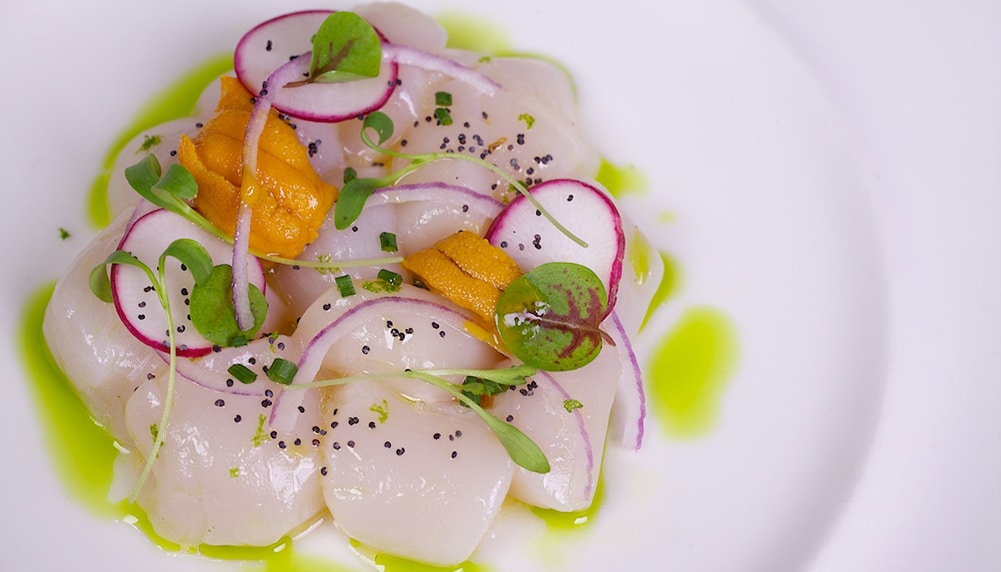
What is the Difference between Crudo, Ceviche, Tartare, and Poke?
Escabeche (or the Caribbean version, escovitch), appears very similar to a ceviche, but is typically cooked, either fried or poached, which disqualifies it. Crudo and carpaccio, too, aren't really dishes, but more just adjectives meaning "raw": They can refer to any protein served in any way. Plus: Jellyfish: It's What's for Dinner.

Poke Vs Ceviche Which One Should You Try? UnomAstaQuizA
All you need to know about Poke Bowl, Chirashi and Ceviche. Salmon Poke Bowl. Lets take a peek inside a Poke Bowl though not that well-known in the past, this dish has become in the last year the main star in the sushi menus all over UAE. Originally from Hawaii, this sushi recipe landed in the kitchens of the greatest chefs of sushi in Dubai.

Ceviche vs. tartare springrollspringbowl
It packs in flavor — and spice — with a healthy dose of hot sauce and fresh jalapeños, balancing it with rich and creamy chunks of avocado. Another great shellfish to use in ceviche is the.

Pin on Ceviches
Cover and refrigerate for about 4 hours, until a cube of fish no longer looks raw when broken open. Drain in a colander. In a large bowl, mix together the tomatoes, green chiles, cilantro, olives.
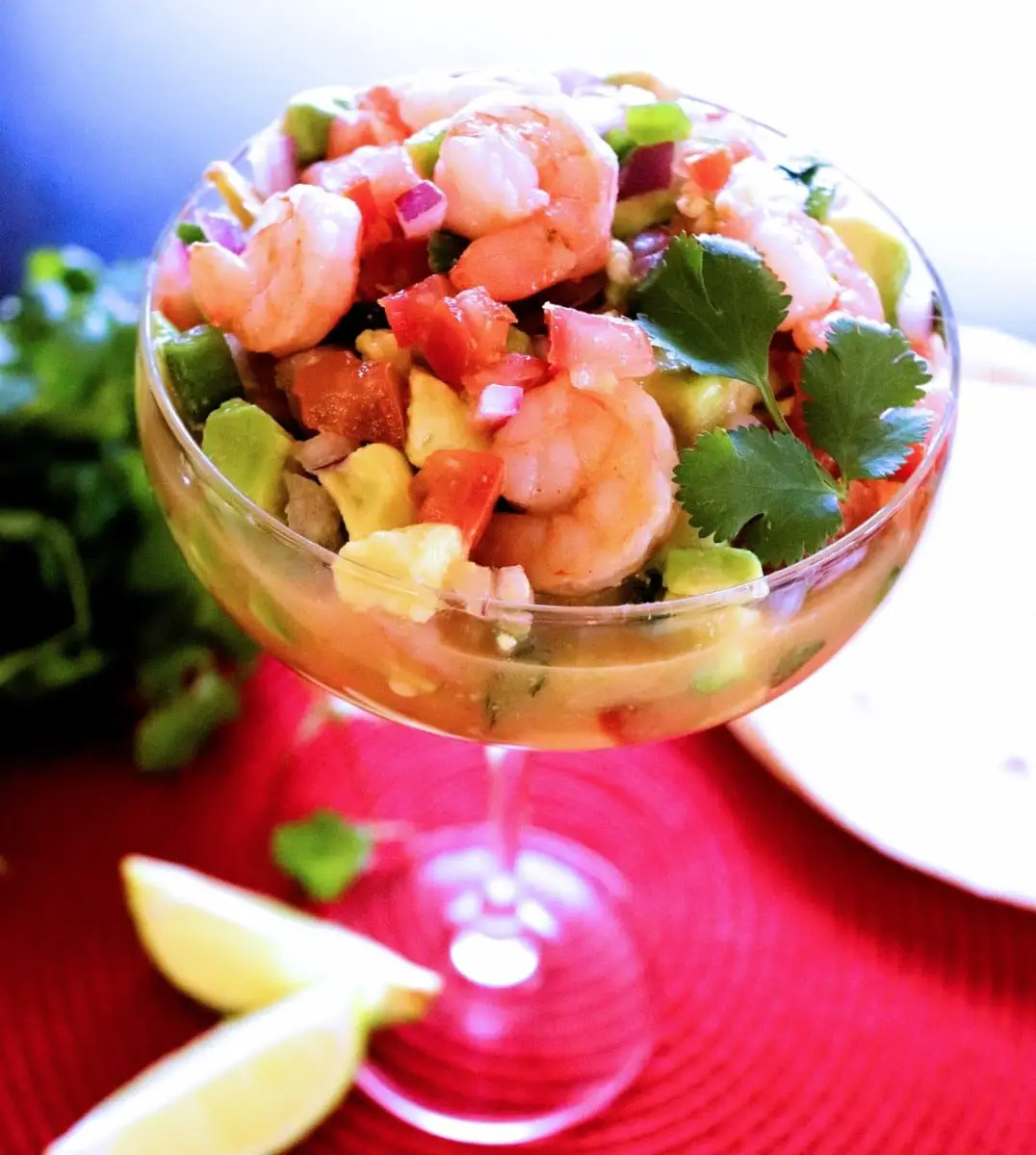
Shrimp Ceviche Recipe Meals by Molly Seafood Recipes
Allow the shallots to soak for approximately 10-15 minutes before draining and rinsing with cold water. Cover and set aside in the refrigerator until ready to use. Marinate the tomatoes. Approximately 30 minutes before serving (see notes) add the shallots, tomatoes, and bell pepper to a new, larger, mixing bowl.
Ceviche Clásico
Step 2. Place the onion in a small bowl, and cover with cold water. Let sit five minutes, then drain, rinse and dry on paper towels. Step 3. In a medium bowl, combine the onion, garlic, chile, capers, avocado, salt, pepper and 2 tablespoons of the lime juice. Toss together gently. Add the tuna to the bowl. Step 4.
Ceviche Poke from Course 2 (168 omakase) Burpple
In a small ceramic or glass bowl, combine the salmon and tuna with the avocado oil and sesame oil, mix gently until the fish is coated with the oil - this will prevent it from oxidizing. Add the chives, ginger, hot pepper, and soy sauce. Mix well, cover and refrigerate for at least 30 minutes or until ready to serve.

Mexico vs. Peru Ceviche Ceviche, Seafood dishes, Peru
The word "poke" is a Hawaiian term that literally translates into chunk or cut. In its most basic, traditional form, this quintessential Hawaiian pupu, or snack, pronounced "poh-keh," combines chunks of raw tuna with a simple marinade of soy sauce and sesame oil. Sliced green onions are added for topping. These days poke also goes way.

What’s the Difference Between Poke and Ceviche? Kitchn
Grant Shindo, Flickr. A sort of hybrid ceviche/sashimi dish, the Hawaiian poke (POH-kay) is, these days, usually a bowl of cubed raw fish, sometimes served over rice, in a sauce. Most commonly it's dressed with soy sauce, seaweed, and sesame oil, but it's not uncommon to see Japanese mayonnaise, wasabi, hot sauce (often Sriracha), onions.
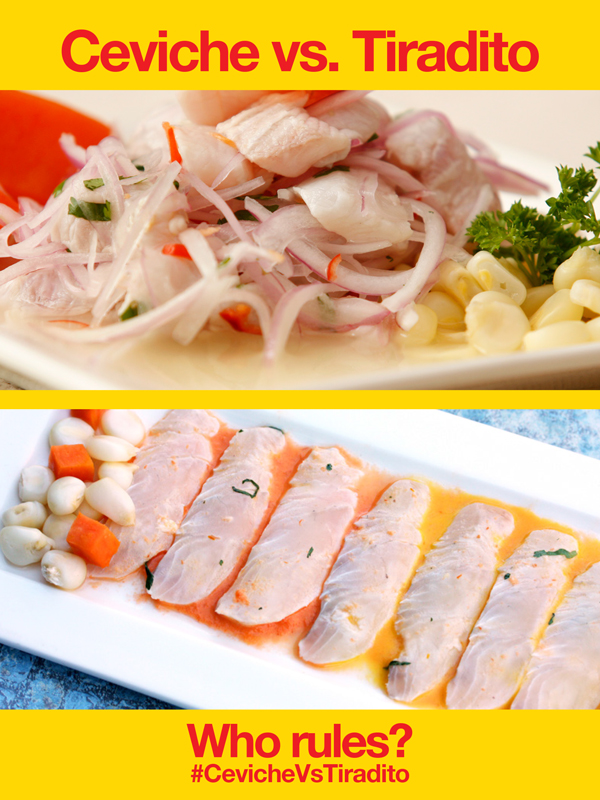
Ceviche vs. Tiradito The Battle is On! Manhattan with a Twist
Ceviche is 'cooked' with acid rather than heat. It's not quite right to say ceviche is cooked since cooking entails heat. However, the acidic marinade used for ceviche causes the seafood to undergo similar chemical changes as cooking it would. Both heat and acid cause the strands of protein within the fish's flesh to denature, meaning that.
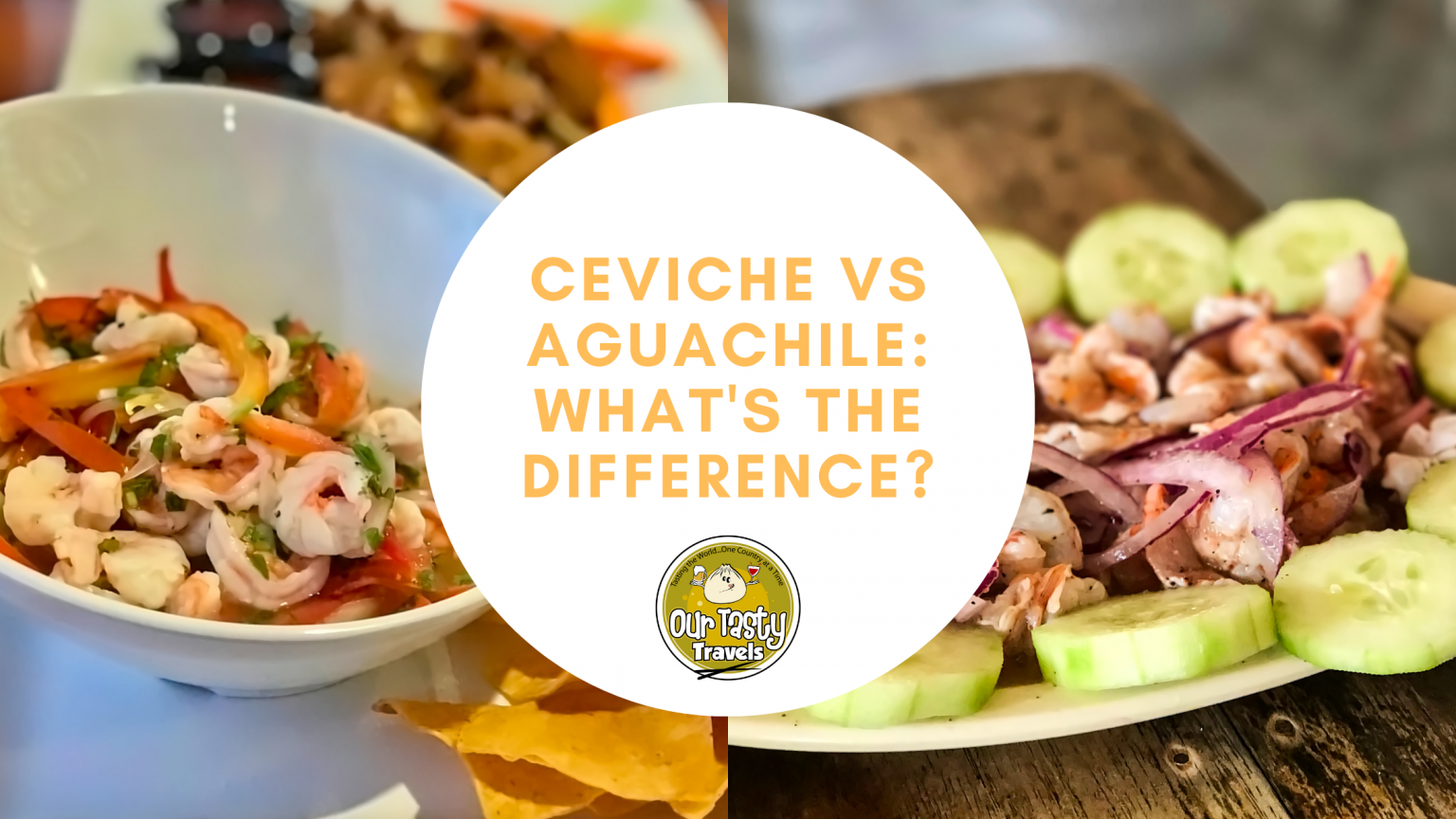
Ceviche versus Aguachile What's the Difference?
Origins of Ceviche. The ceviche method of preparing fish is elemental to coastal South American cuisine and was born out of the need to preserve food. The actual birthplace of the dish isn't apparent: The Incan Empire preserved fish with fruit juices, salt, and chili peppers, and the introduction of limes from Spanish conquerors brought citrus.
¡Ceviche!
Snapper, halibut, seafood, shrimp and scallops are among the most common types of seafood used. Ceviche, which reached the United States in the 1980s, is generally more acidic and spicier than other raw fish dishes. Raw seafood lovers can rejoice at the variety of dishes available on menus from coast to coast. This article was originally posted.
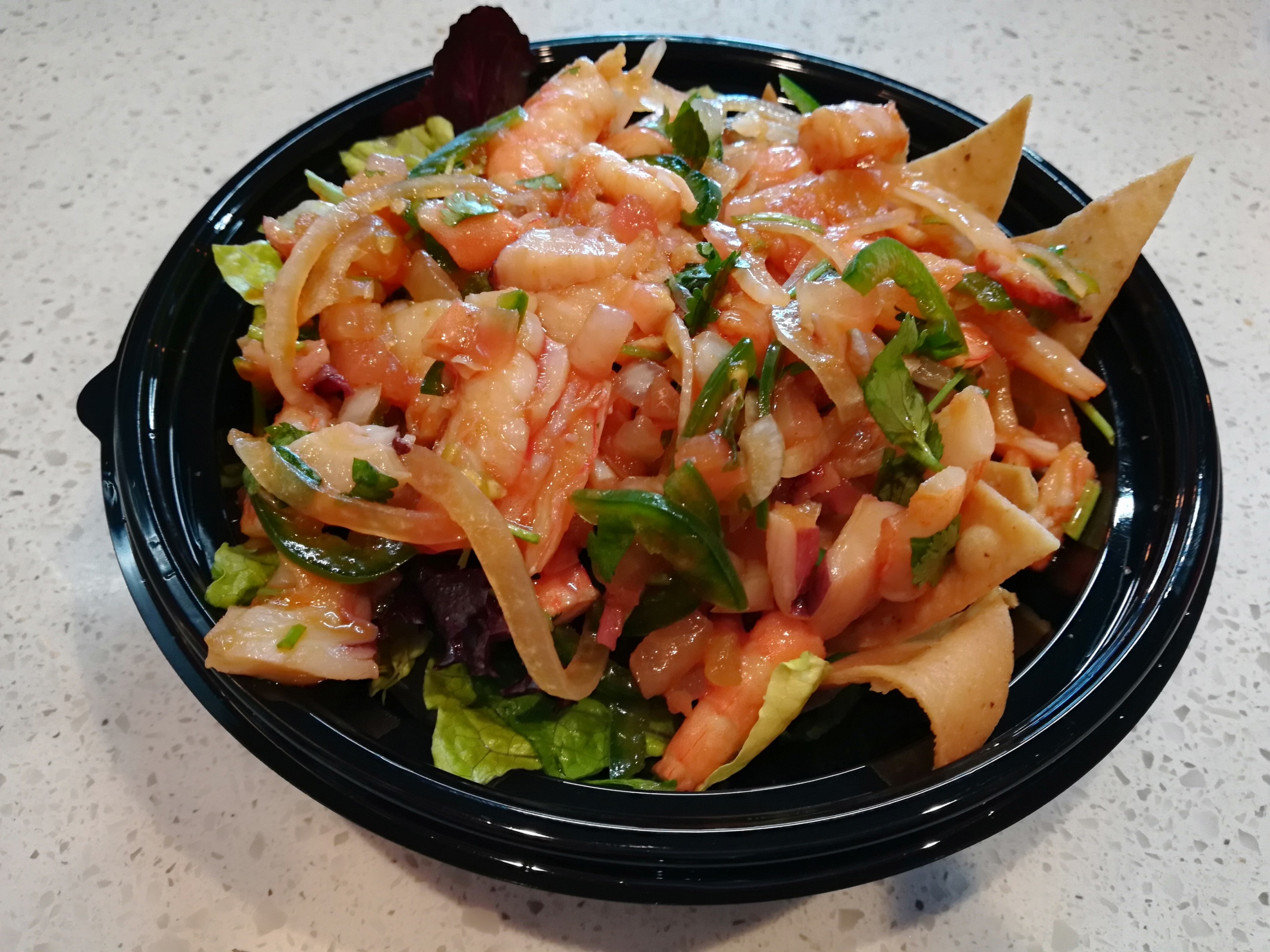
Ceviche Bowl SPIN
The most important difference lies in the marinade. Ceviche is almost always soaked in a citrus marinade, such as a combination of orange and lime juice and zest in this shrimp ceviche tostada recipe. Poke, on the other hand, is dressed with ingredients like sesame oil, soy sauce, and green onions, often taking culinary cues from the myriad of.
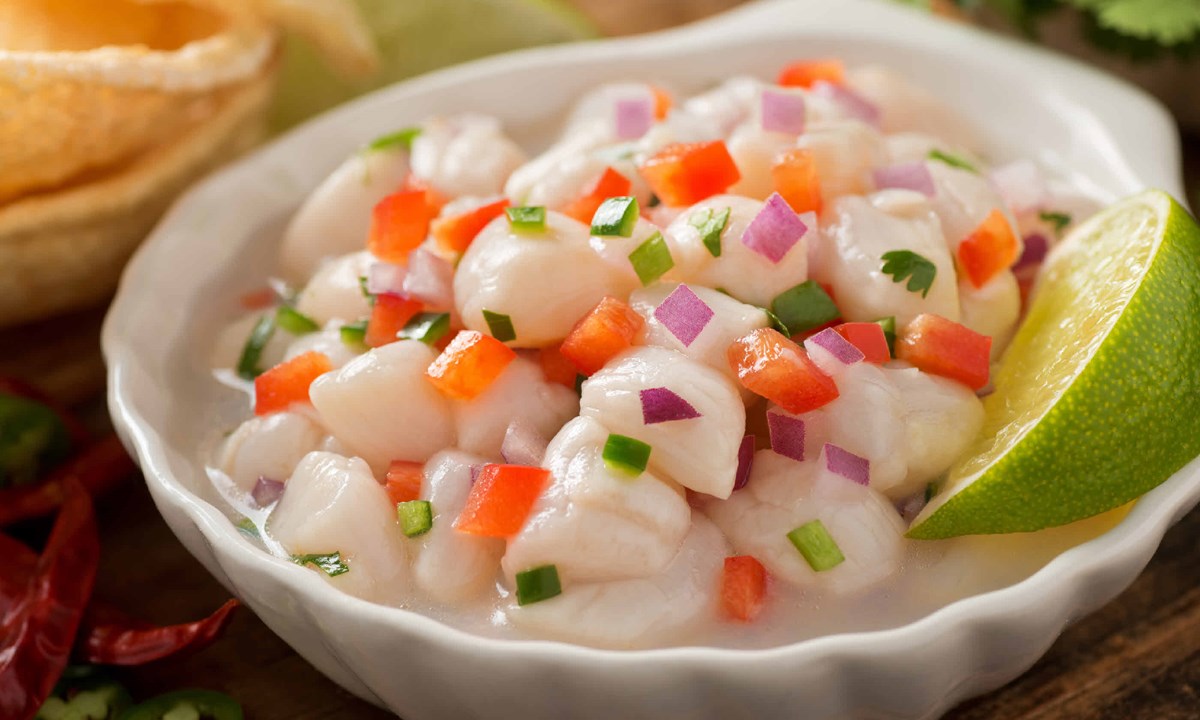
Why You Need to Learn How to Make Peru’s National Dish Ceviche
Crudo. Crudo (meaning 'raw') is a dish you might see listed in the appetizer section of upscale Spanish and Italian restaurants. It really is a blanket culinary term and refers to a dish of uncooked fish or shellfish that is lightly dressed (usually with a little olive oil and vinegar) and seasoned. With crudo, it's a free for all.
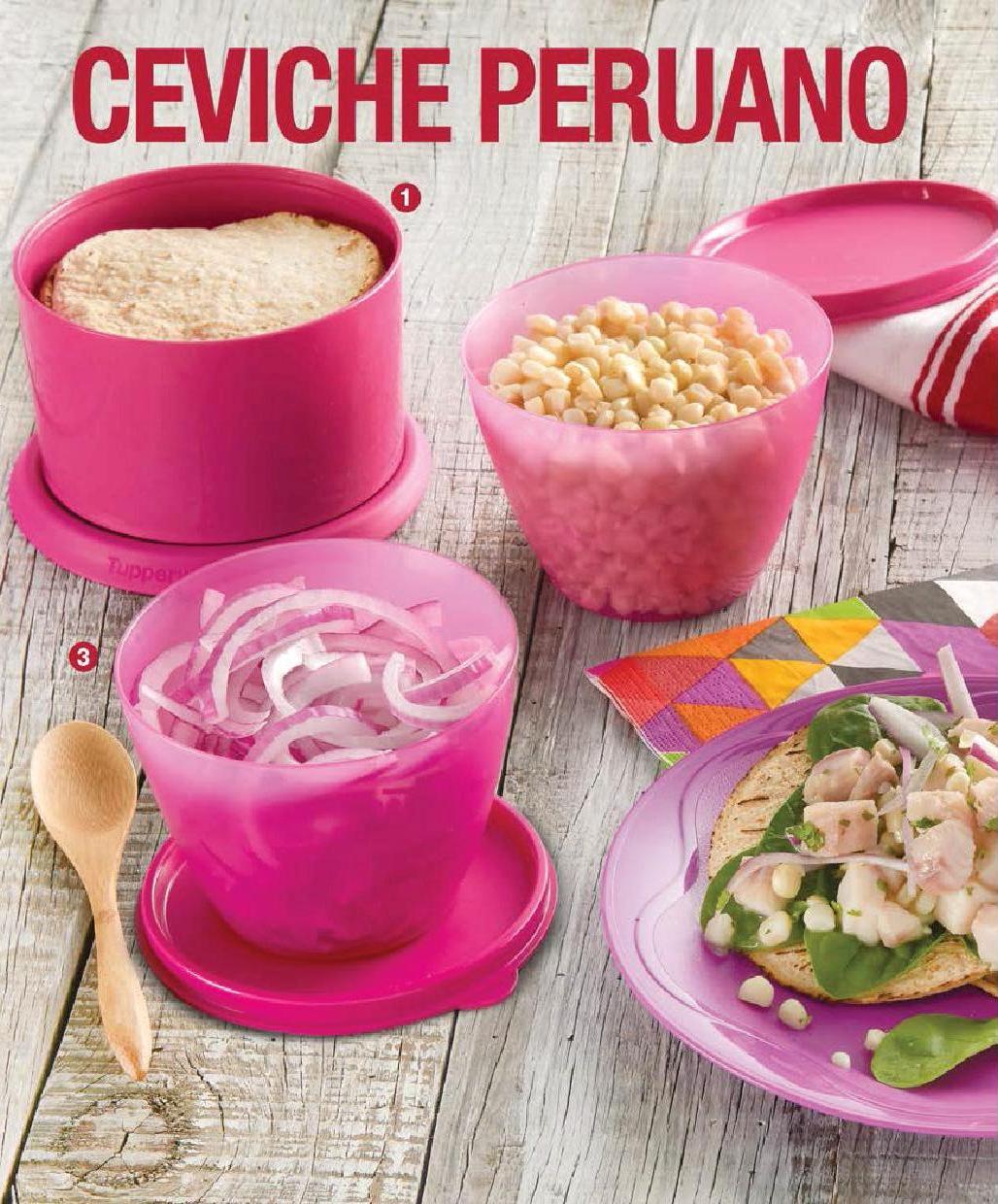
Tu Tupperware Ceviche peruano
Have your fish guy put the fish on ice for transport. Keep it on ice until you prepare the ceviche. Ice helps keep fish fresh and protects the texture and flavor. Probably goes without saying but make sure all bones and skin have been removed. Use a long, very sharp knife to cut the fish.